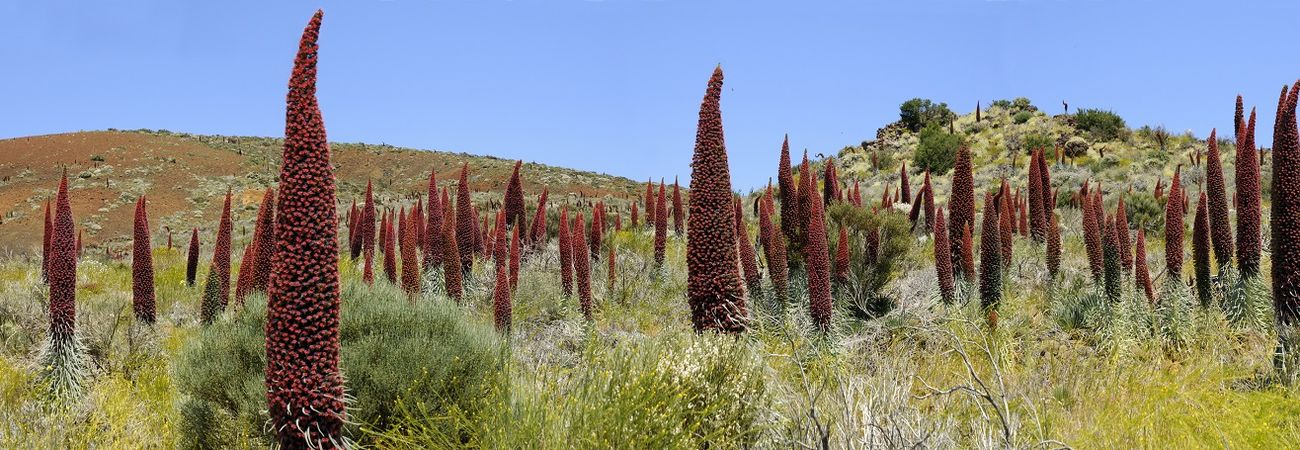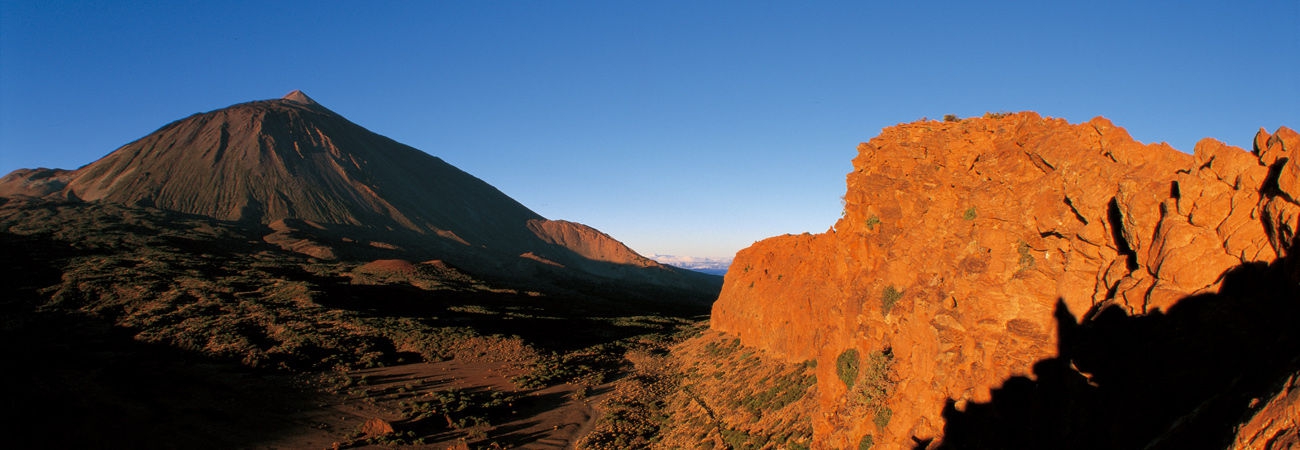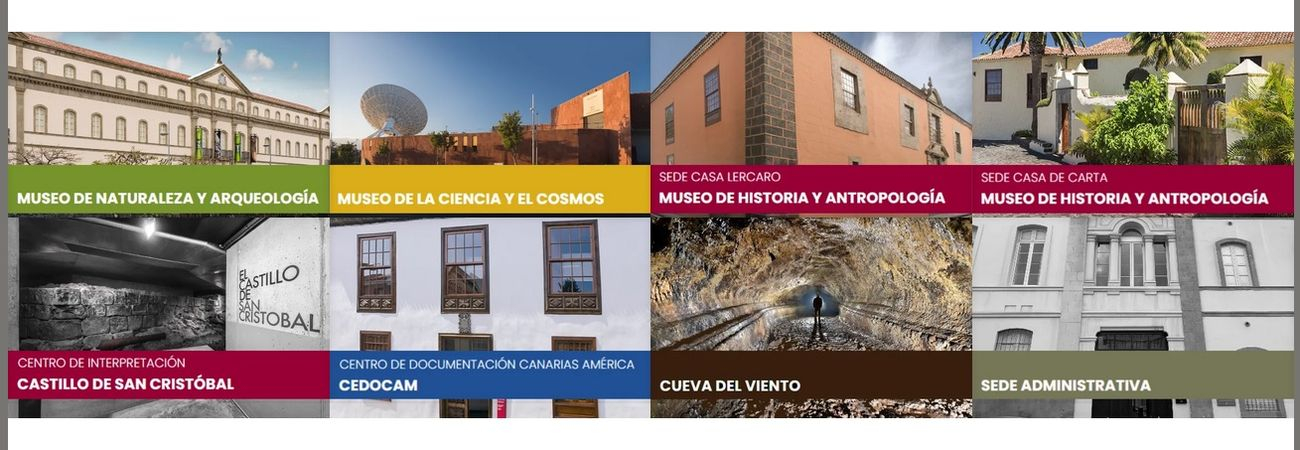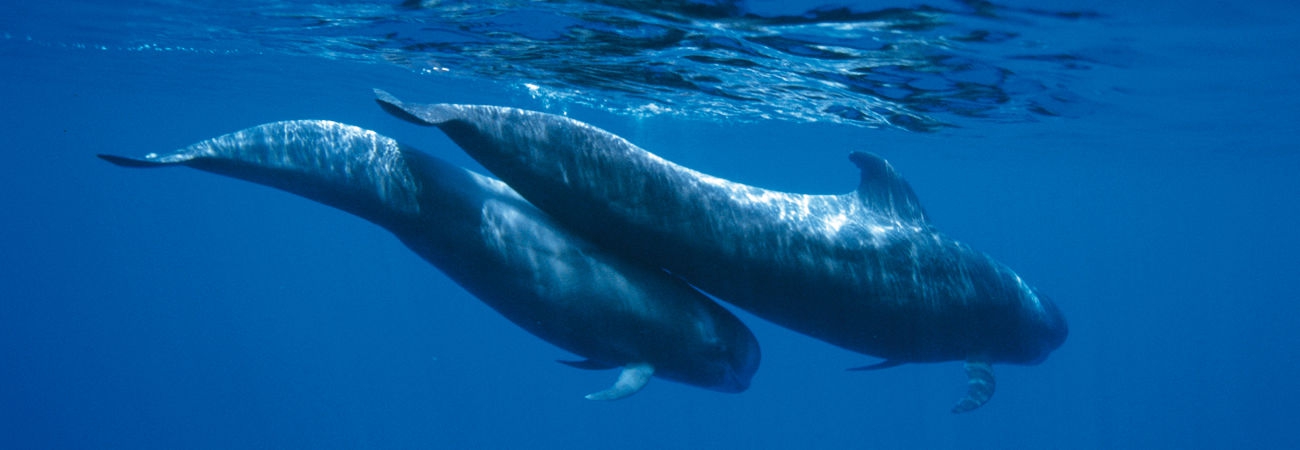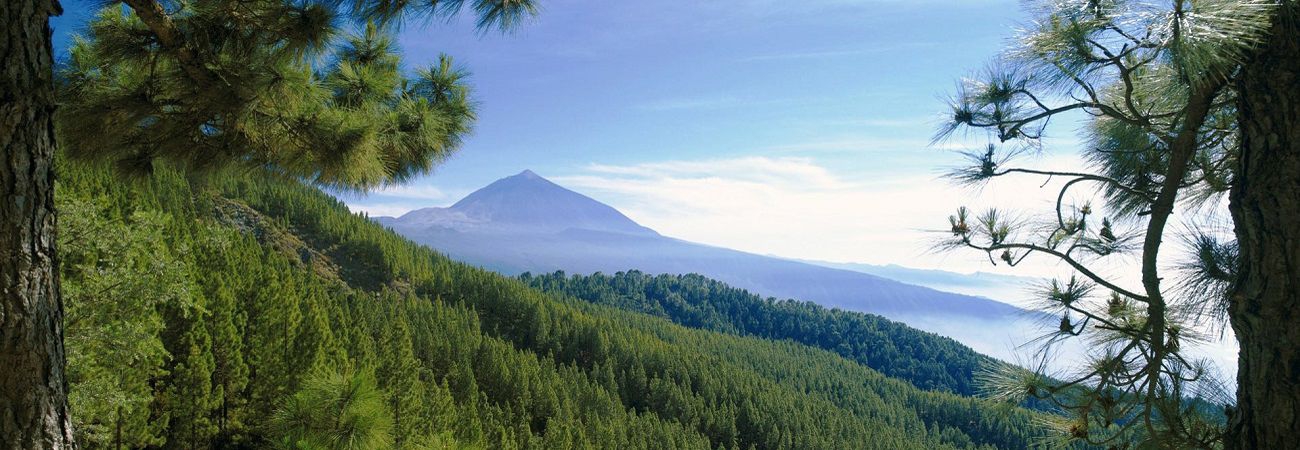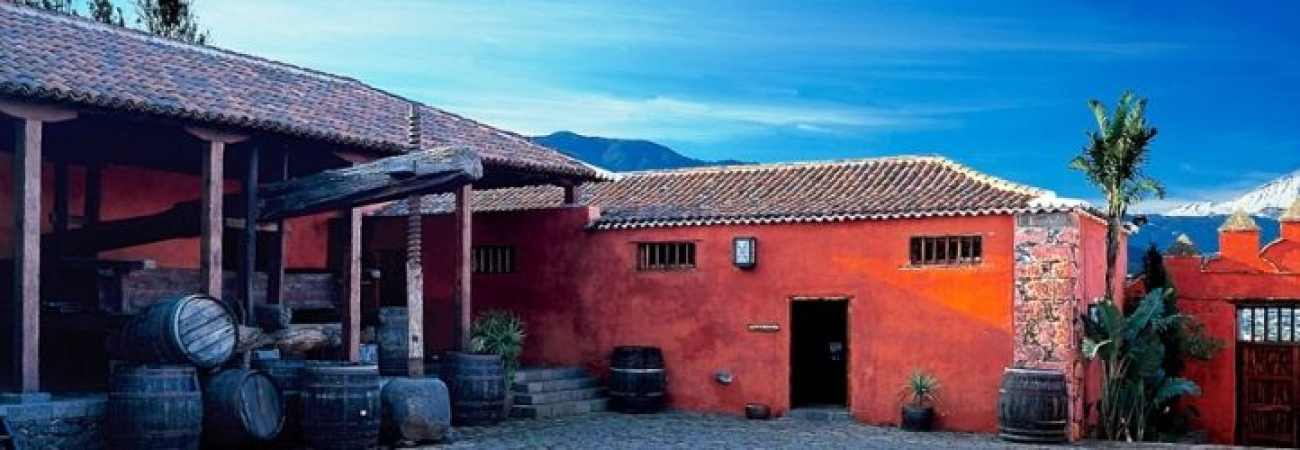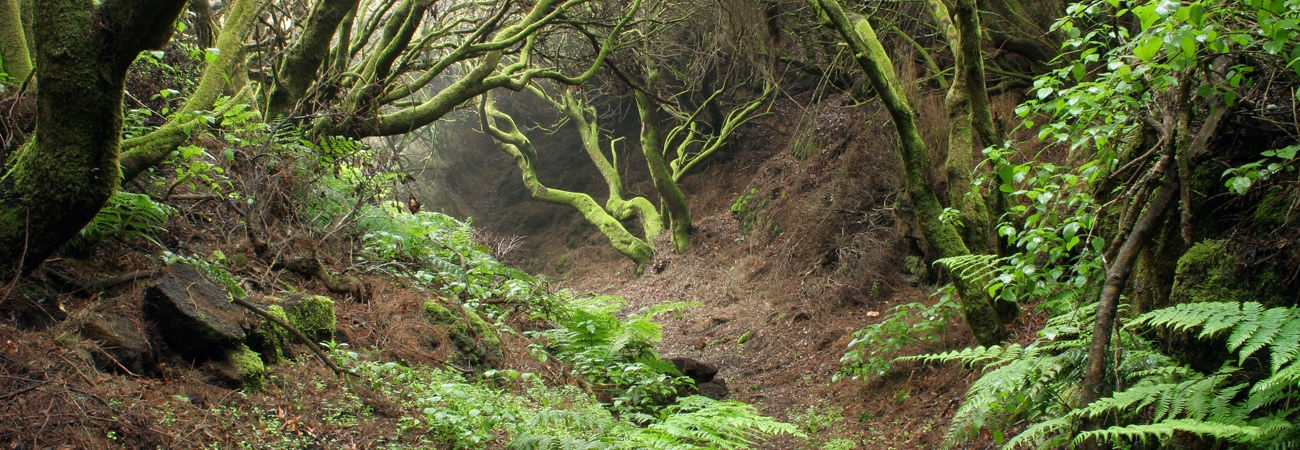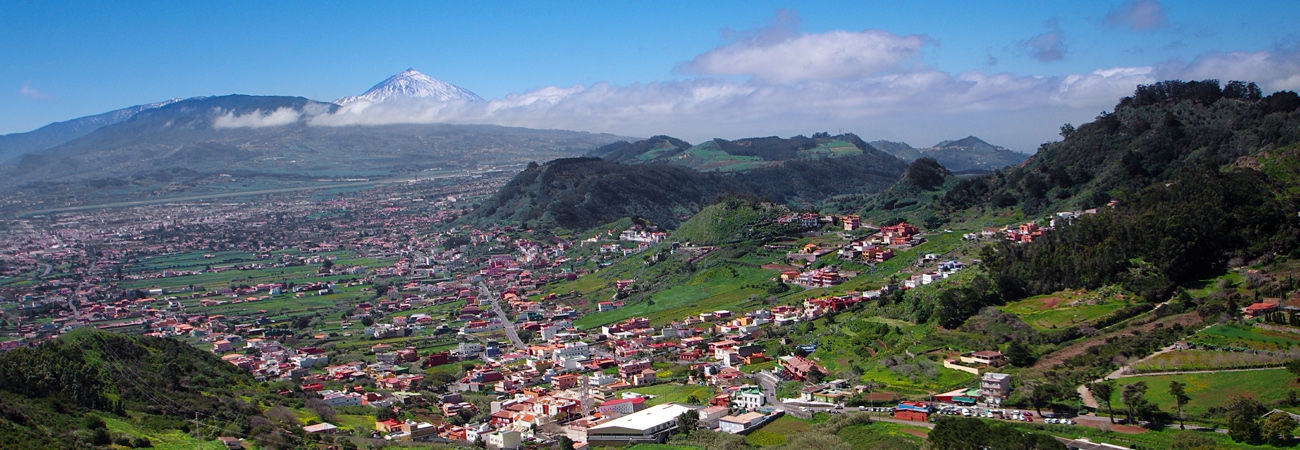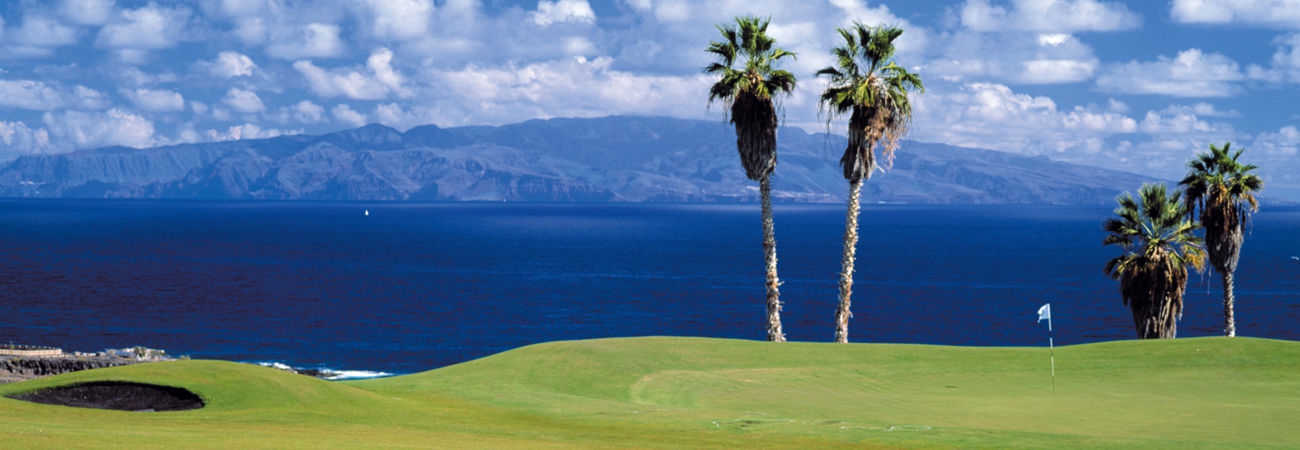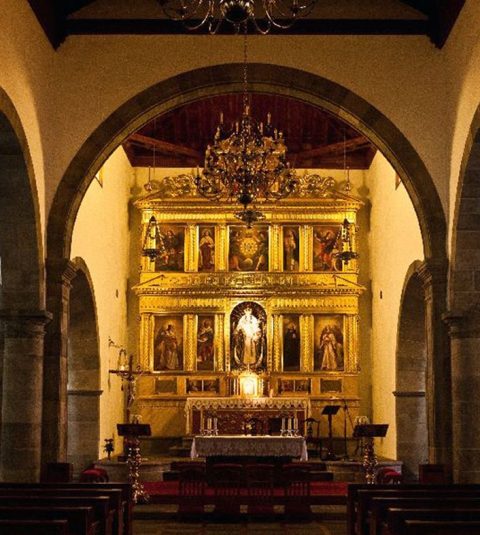Buenavista del Norte
Patron saint celebrations in honour of Our Lady of Remedies.
The local patron saint celebrations will take place at the end of October in honour of Our Lady of Remedies. Different religious, festive, cultural and sporting events will take place in the town's streets to the delight of residents and visitors alike. Stalls, nougat sellers and varied attractions will all contribute to the enjoyment of the celebrations, and numerous pilgrims reaching Buenavista del Norte on foot will make an offering to the town's revered virgin.
Festive events in honour of Saint Bartholomew, town's co-patron saint, will take place at the end of August. On the 23rd Saint Bartholomew will unleash the devil, a terrifying being representing evil which he keeps bound to a chain, and which he will tie up again on the 24th. Until a few years ago, there was total withdrawal during that time and people used to abandon all types of jobs, even farming jobs, faced with the fear of being attacked by such a terrible being. The Saint Bartholomew Crafts Fair will take place in Buenavista as the main event of this celebration.
The Saint Anthony Abbot celebrations will take place in January. Farmers from across the Island will visit the town with their animals to take place in a colourful celebration in honour of the patron saint of animals and farmers. Especially noteworthy are the outdoor mass, the cattle fair and the procession, in which the saint is accompanied by several carts and folk groups through the main streets of Buenavista.
Agriculture is one of the traditional occupations influencing many popular celebrations in Buenavista, including Potato Planting Day, in Las Portelas, which takes place every summer coinciding with the Our Lady of Carmen celebrations. Residents and visitors gather in a garden near to the neighbourhood square to enjoy a day of planting and the subsequent popular lunch.
The wheat harvest commences a month before, a task which is spread out across the summer, starting in July. The subsequent threshing is the origin of one of the area's most comprehensive rural celebrations: Threshing Day, this time in the El Palmar area. Activities on the last Sunday of September combine the building and incineration of the coal bunker (an ancient procedure to obtain coal through the slow combustion of selected wood) with the traditional threshing, in which animals are skilfully used to separate the wheat from the chaff.
Liveries and Piñata
In Tenerife, the desire for traditional celebrations with few or no modifications, far from any type of entertainment for tourism purposes, inevitably takes us to the Valley of El Palmar and to Teno Alto.
The celebration of the ancient Dance of the Liveries coincides with the Virgin of Consolation celebrations in El Palmar. This ritual is made up of a group of dancers and musicians who, with flutes and drums, perform the traditional Tajaraste dance. The dancers symbolise good in contrast to evil, represented by the figures of the devil. This dance, traditionally performed to drive away evil from the harvest, is finalised when the wick carried on the back of the devils is set alight, delighting the public with a dance amongst the attending audience.
The isolation of Teno Alto largely explains why, unlike in many other areas of the Island, the Piñata Dance has been preserved there, a traditional part of Carnival season. At midnight, after the first Isas, Folías, Malagueñas and Tajarastes (traditional dances of the Island), the piñata is hung in the centre of the room. Couples place themselves in circles to dance the “Isa Corrida”, while the women pull on the ribbons so that it will open and release the presents contained inside.







